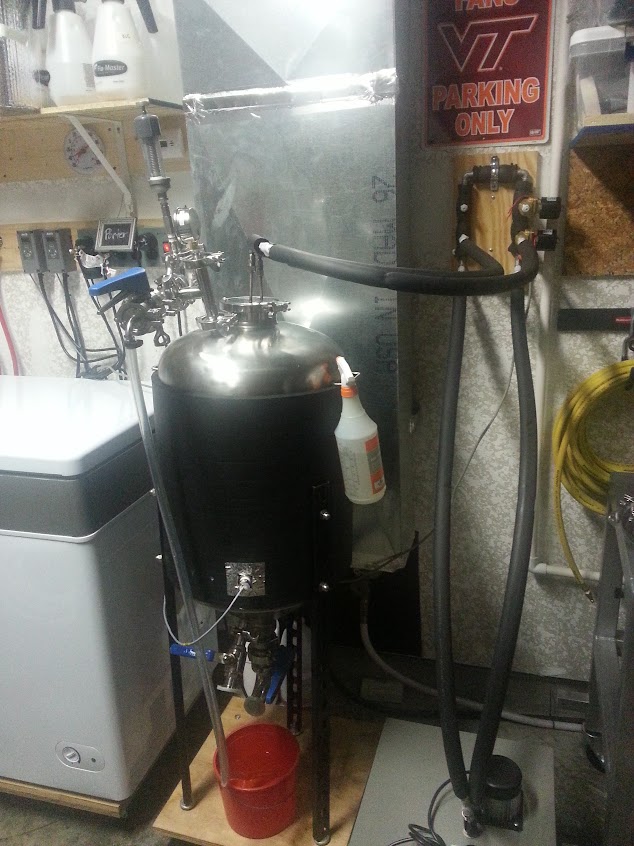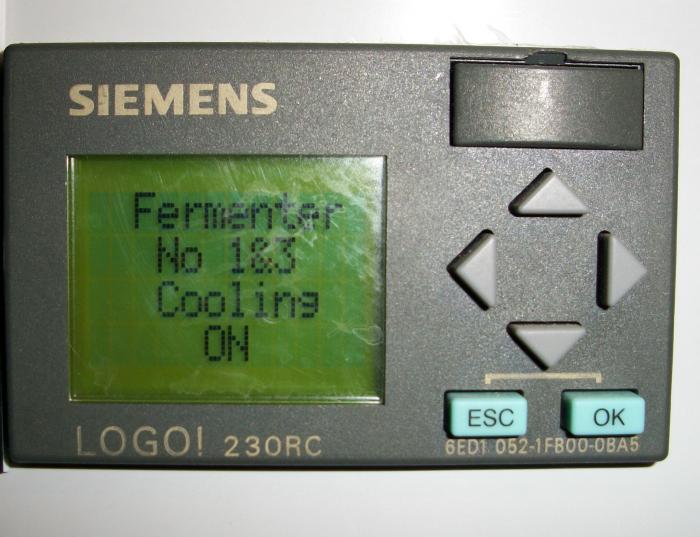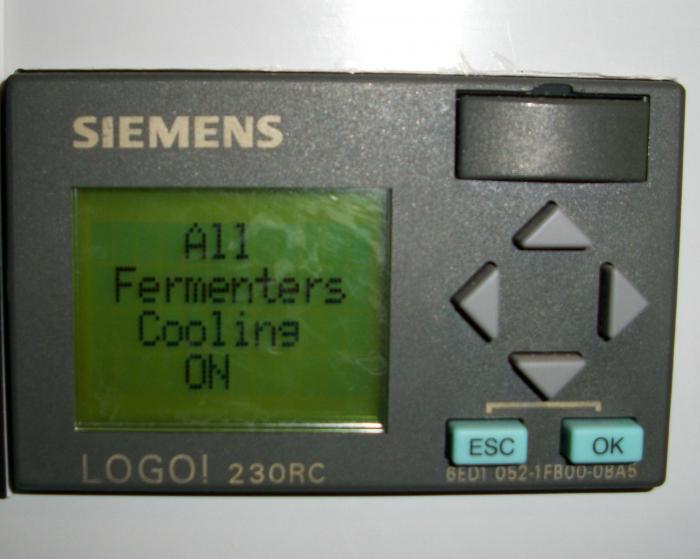So I've built this glycol manifold pictured below (under the VT sign). It works fine, but I'm getting this weird noise out of it I don't understand.
When I first start up the chiller everything is fine. Glycol runs into through the side with the solenoids at the bottom, if the solenoids aren't open it flows up to the top and the top contains a 5psi cracking pressure check valve. That pressure the pump from the chiller can output (checked with a pressure gauge). Once that is cracked open it just goes to the return at the bottom of the left side. If a solenoid opens, there is less than 5psi of pressure at the check valve so it does not open any longer and glycol just flows out the solenoid and in one of the outlets.
But - after a random period of time the check valve starts making a crazy noise. Best I can describe it is a weird buzzing humming - and it's very loud not quiet - louder than my damn glycol chiller! But if I disconnect my return line for a second and then stick it back on, it goes away - for a bit.
The best I can come up with is barely breaking cracking pressure on the check valve but I completely don't understand why it would be ok for a while then.
Any ideas? Is there something wrong with the design of my manifold that I'm missing? Thanks for any ideas!

When I first start up the chiller everything is fine. Glycol runs into through the side with the solenoids at the bottom, if the solenoids aren't open it flows up to the top and the top contains a 5psi cracking pressure check valve. That pressure the pump from the chiller can output (checked with a pressure gauge). Once that is cracked open it just goes to the return at the bottom of the left side. If a solenoid opens, there is less than 5psi of pressure at the check valve so it does not open any longer and glycol just flows out the solenoid and in one of the outlets.
But - after a random period of time the check valve starts making a crazy noise. Best I can describe it is a weird buzzing humming - and it's very loud not quiet - louder than my damn glycol chiller! But if I disconnect my return line for a second and then stick it back on, it goes away - for a bit.
The best I can come up with is barely breaking cracking pressure on the check valve but I completely don't understand why it would be ok for a while then.
Any ideas? Is there something wrong with the design of my manifold that I'm missing? Thanks for any ideas!







